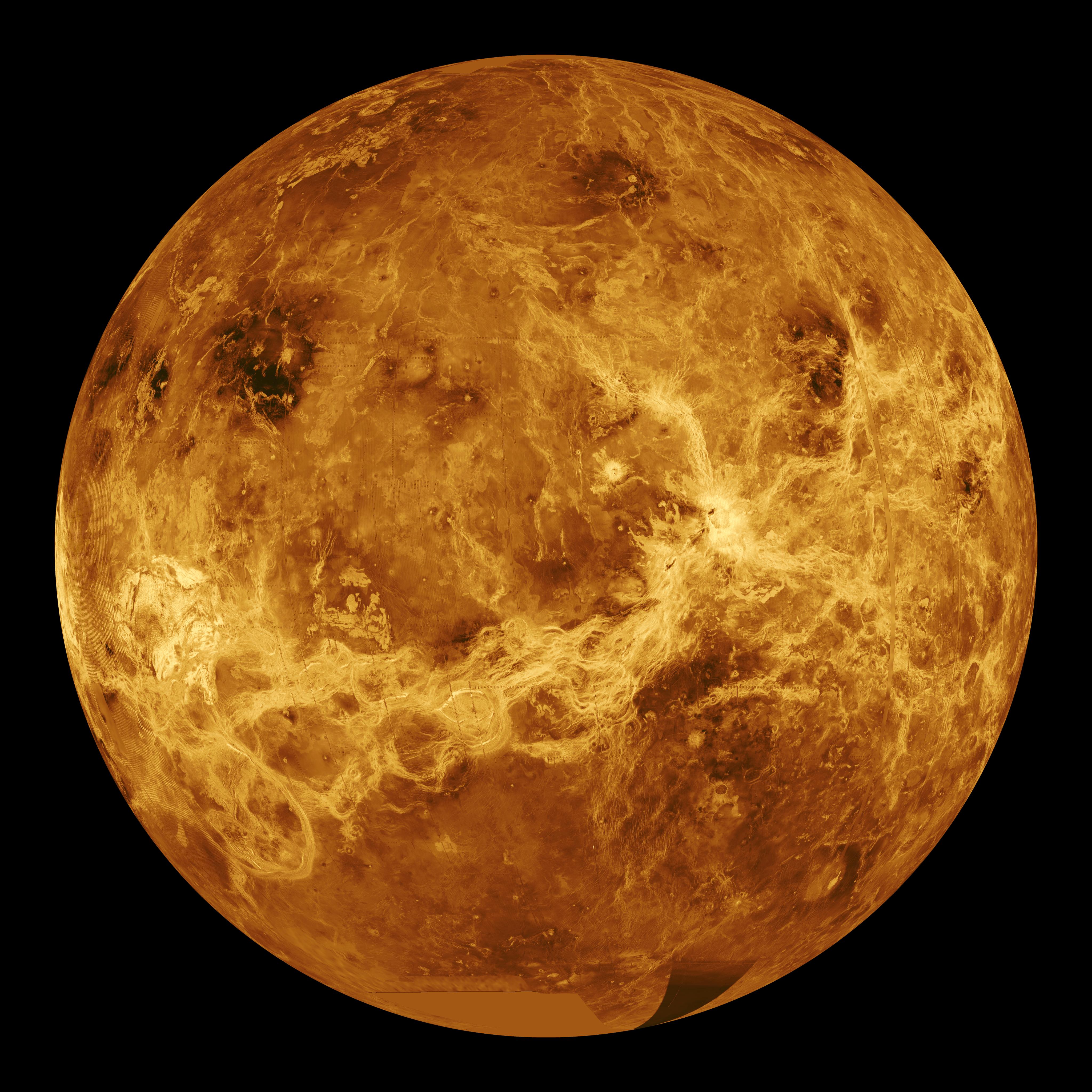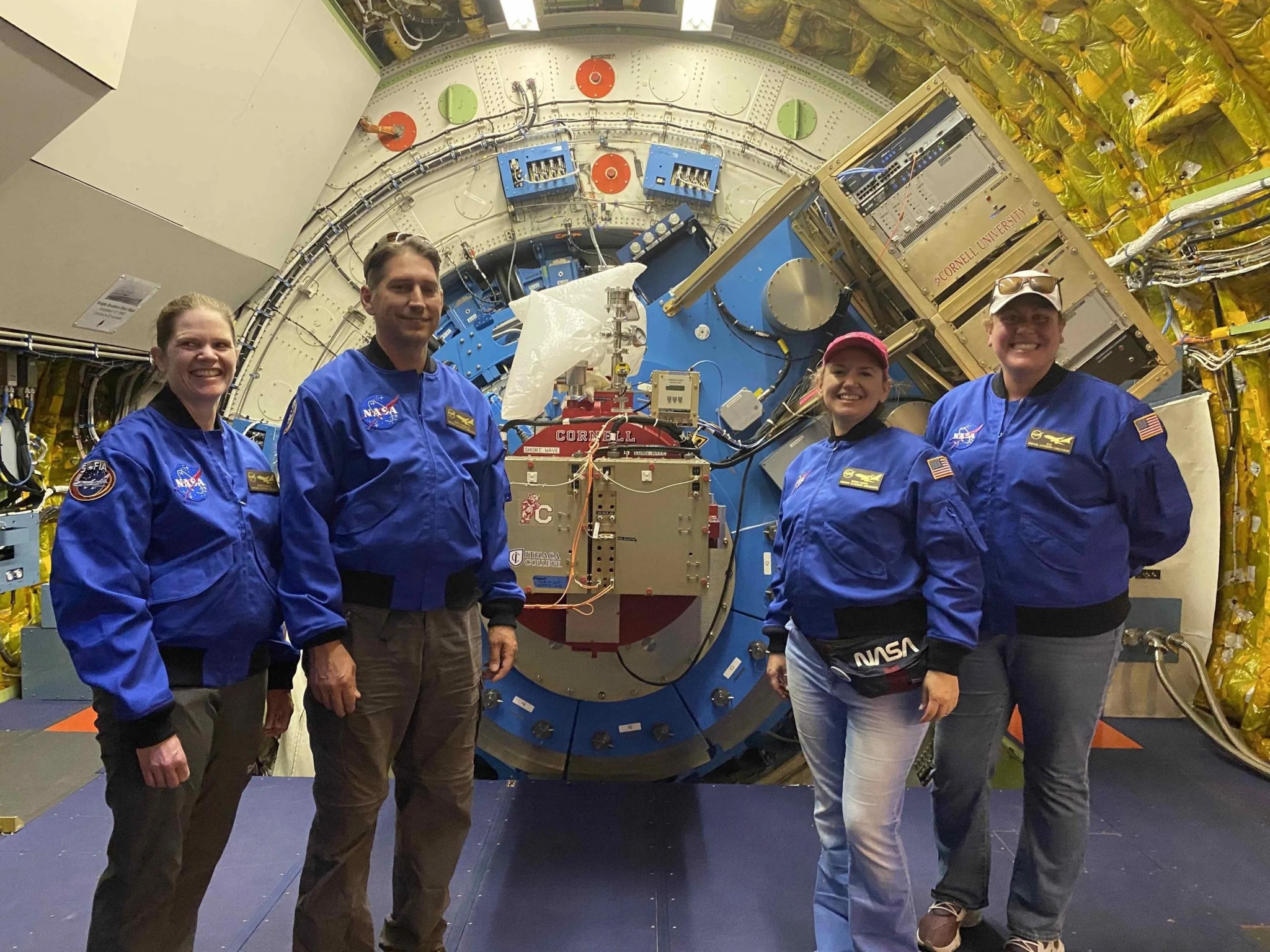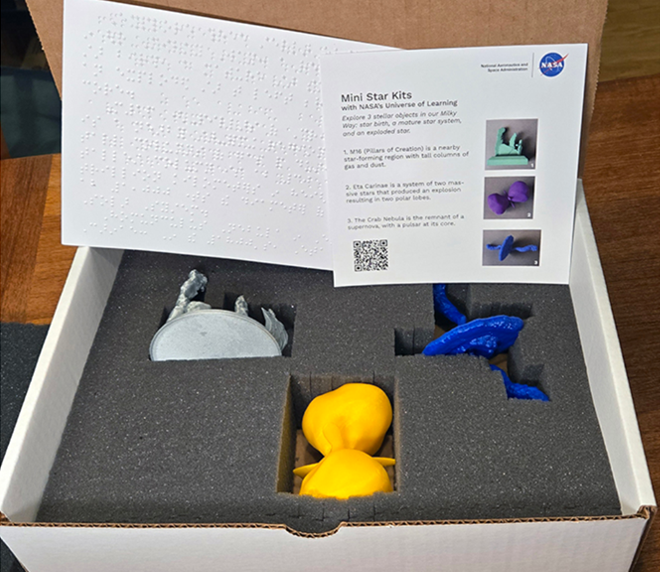NASA Science Thanks Teachers!
In honor of Teacher Appreciation Week, NASA recognizes the professionalism, hard work, and commitment of our nation’s teachers. Teaching is an honored profession, pushed to its limits these past two years. But similar to our space explorers challenged beyond expectations, teachers forge ahead, and make all of us better. Because of your work, we now do our work. NASA thanks you, Teachers!
We’re giving thanks to the teachers who helped us reach for the stars at NASA.
Here are ideas that NASA offers teachers to activate science learning as summer approaches. Most of these ideas could be done in a single class period or used over multiple days leading up to the end of the school year:
Get Outside and Do Science!
Use that springtime energy and take students outside to build curiosity, connections to local outdoor spaces, and scientific observation skills. Students deepen their knowledge on an ecological topic as they collect observations in the field and generate questions and hypotheses. Students can also practice their science writing by creating a “Nature Note” to share findings with others. To make this a STEAM project, students can create art to represent what they’ve observed.
Check out the Ecosystem Observers Teacher’s Guide.
NASA invites your observations of Clouds, Mosquito Habitat, Land Cover, and Tree Height! Students can use the GLOBE Observer app to report observations as Citizen Scientists. They can even compare their cloud observations to satellite data, contrast their land cover observations to historical photos, help reduce mosquito breeding habitat, or use their math skills to confirm tree height estimates. These short videos explain why NASA wants your Clouds, Mosquito Habitats, Land Cover, and Tree Height observations.
Challenge your students to explore other ways to start doing science through NASA Citizen Science. See if they can find a project that aligns to their interests.
Learn Actively Indoors
Many students love planets. Use the PLANETS Water in Extreme Environments and Space Hazards activities so they can learn more by playing. Students can help prepare materials, play games, and learn about planetary science and engineering.
Dance along with NASA Scientist Marilé Colón Robles and her two daughters as they do the Cloud Dance. Bonus activity in the video for school or at home: make a simple cloud journal with construction paper and string.
Get out of this world on a virtual expedition to Venus, Mars, the Moon and more, using Solar System Treks, an online portal that allows students to explore distant worlds and scientists to plan future missions.
Take a virtual field trip to the stars with an X-ray telescope: the Chandra X-Ray Observatory. Learn how this telescope helps us investigate hot regions of the Universe from black holes, to exploding stars, to colliding galaxies and more.
Keep a Focus on Reading
Learn along with your students by reading about the search for life elsewhere in the universe, plans for the next lunar mission, or why NASA is interested in mosquitoes and their habitats.
This Elementary GLOBE Storybook teaches about clouds and their names. It is available online as a PDF or eBook that can be read on a tablet or displayed on a Smart Board. The books are translated into several languages, including Spanish. There are also two coloring pages available for download as an art-related activity.
The Elementary GLOBE series includes several other science storybooks and activities on topics including air quality, climate, seasons, soils, water, and Earth system science.






























